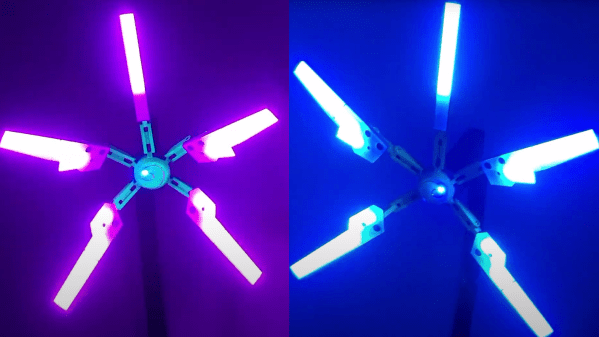If you use supports for FDM 3D printing, you might find that some designs are more amenable than others to automatically-generated supports. [Slant 3D] , for example, shows a cool-looking eagle with a downward-curved beak that comes to a point. Using traditional supports would allow the print to succeed, but didn’t allow the beak to form correctly. To combat this, he uses something called a “thumbtack” in the design. There are several flavors, as you can see in the video below, and it widens out the small part yet has a tiny contact with the actual part so you can easily remove it.
One of the thumbtacks looks more like a Hersey’s kiss to us. It makes sense. The point can touch the part to support and the fat base gives a nice target for the automatic support feature in your slicer to grab. There’s also a spherical base so you can rotate to odd angles. The final thumbtack looks like an alien spacecraft and provides multiple contact points.

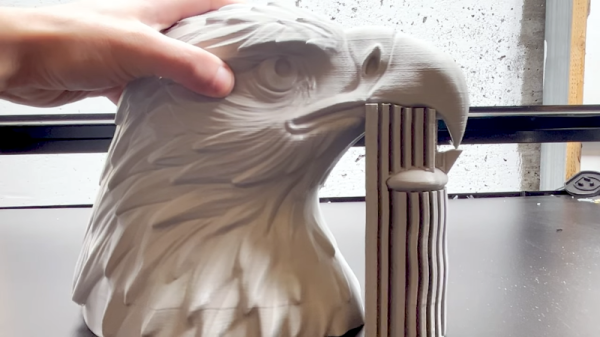
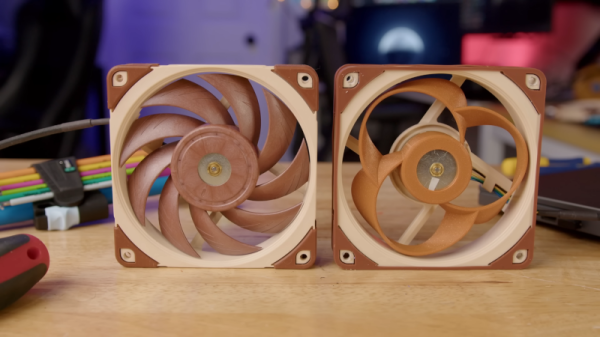
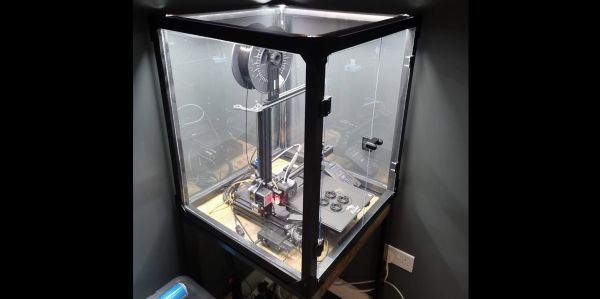
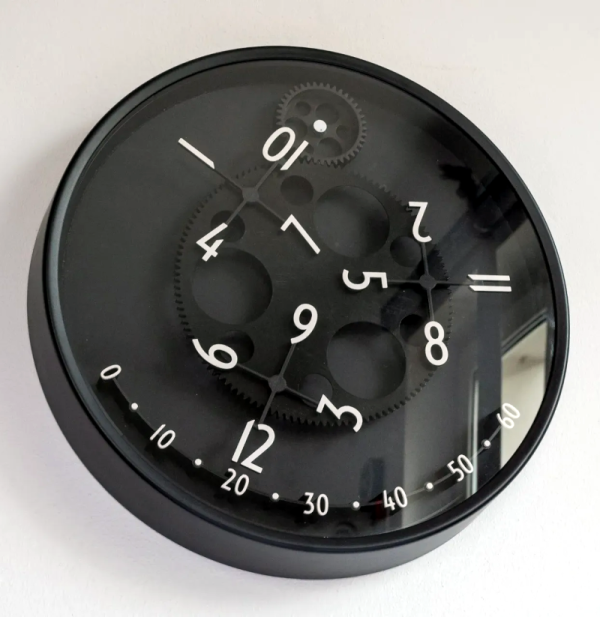
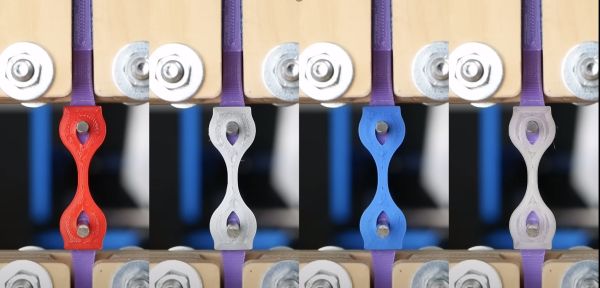
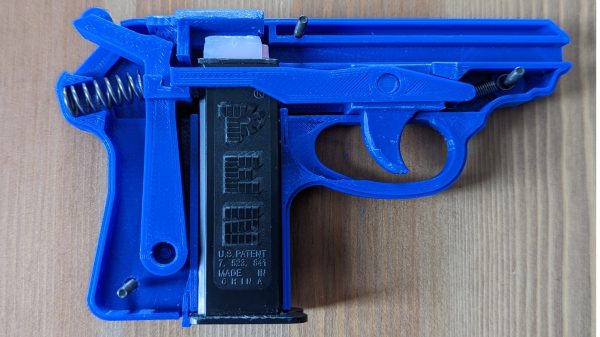
 Overall, the design is very similar to the Pez Shooter, a long-discontinued Pez dispenser design. It uses a basic pistol form factor, and accepts a magazine of Pez pellets loaded into the grip. The magazine itself is cut out of a regular Pez dispenser, to avoid reinventing the wheel. Pulling the trigger fires the Pez pellets with spring power, launching candy into the air.
Overall, the design is very similar to the Pez Shooter, a long-discontinued Pez dispenser design. It uses a basic pistol form factor, and accepts a magazine of Pez pellets loaded into the grip. The magazine itself is cut out of a regular Pez dispenser, to avoid reinventing the wheel. Pulling the trigger fires the Pez pellets with spring power, launching candy into the air.